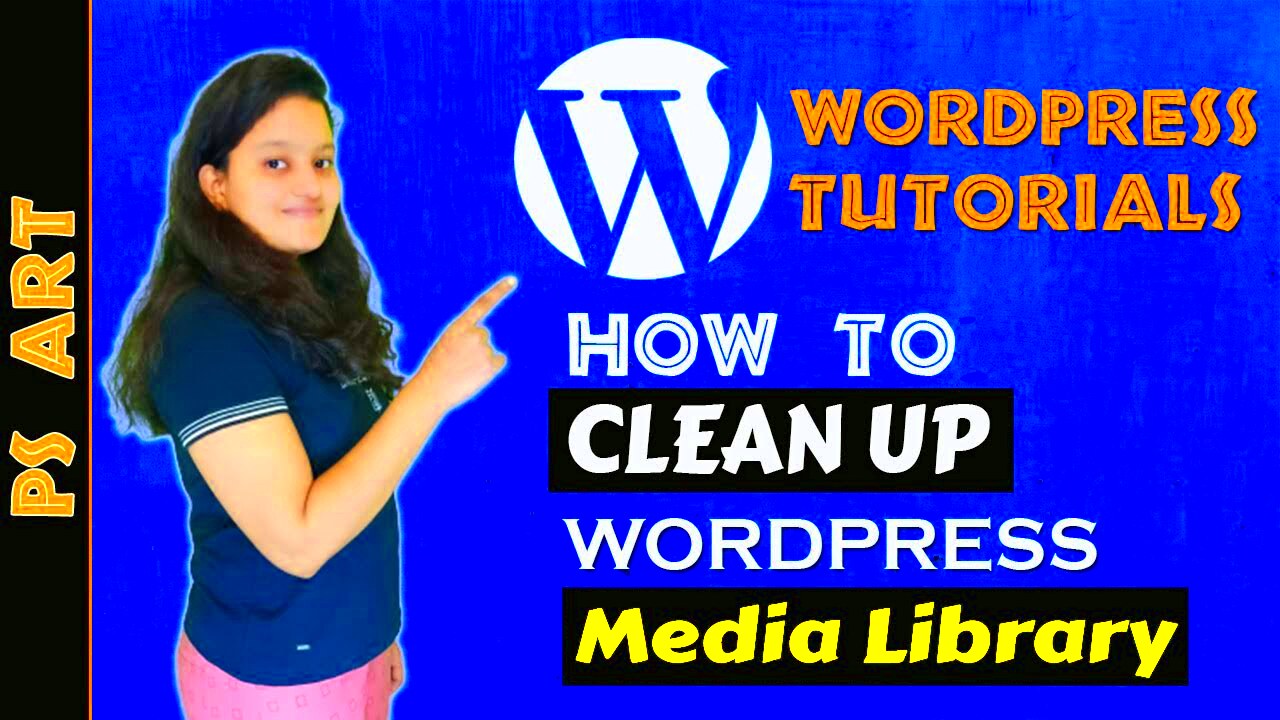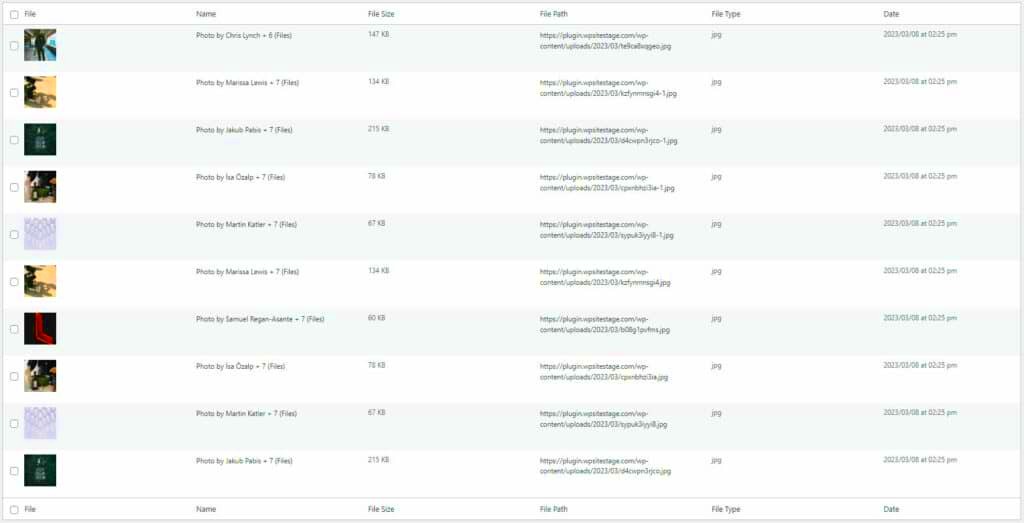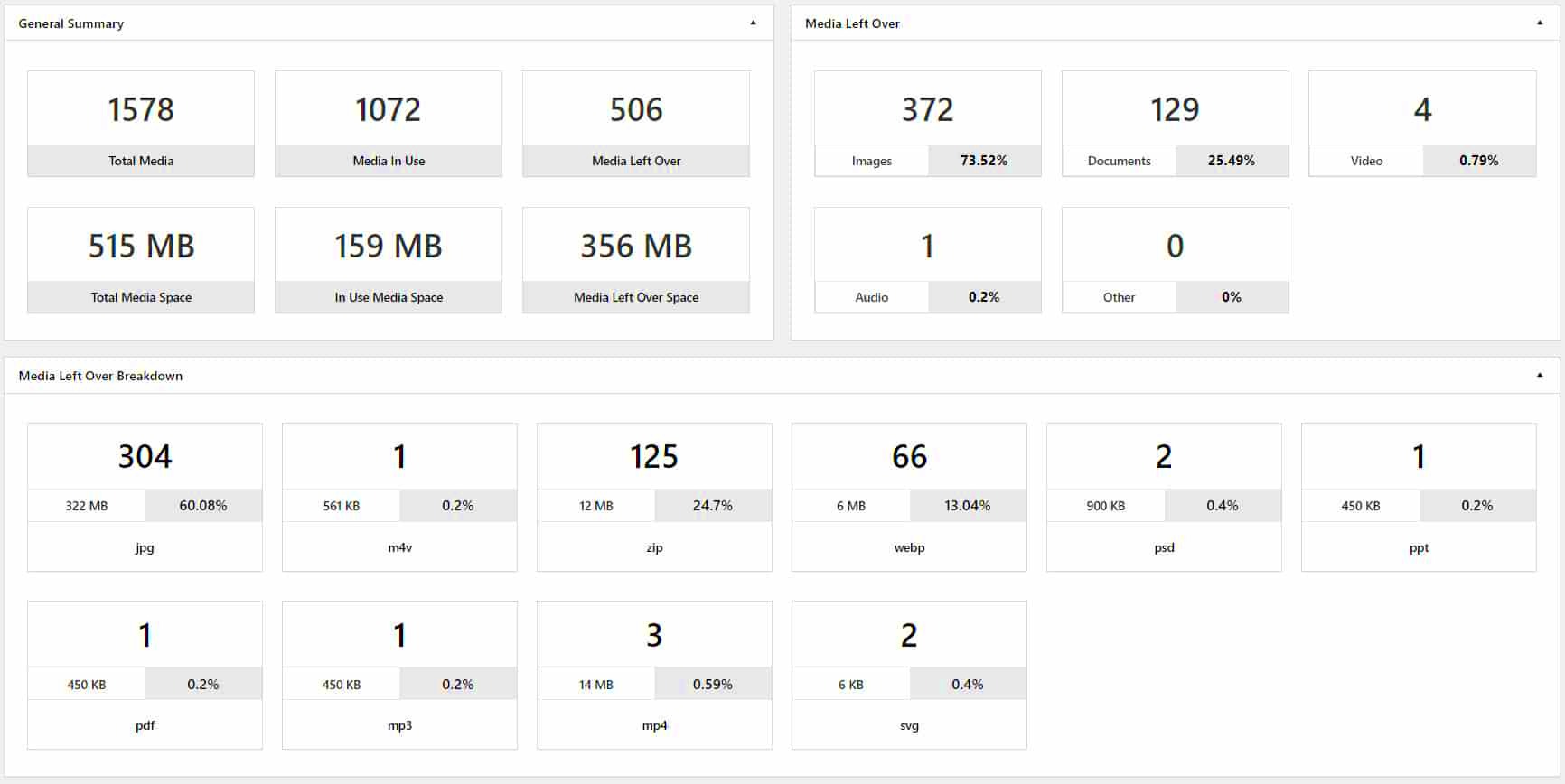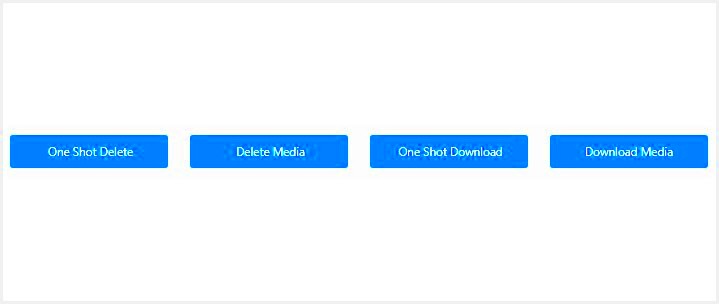Media hygiene refers to the practice of keeping your WordPress media library clean and organized. Over time, WordPress websites can accumulate a lot of unused or unnecessary media files like images, videos, and audio, which can slow down the performance of your site. Just like maintaining a tidy workspace, keeping your media library clutter-free is essential for efficient website management. In this post, we’ll explore why media hygiene is important and how plugins can help you manage your media files effectively.
Why Media Hygiene Matters for WordPress Websites

Maintaining a clean media library in WordPress is not just about aesthetics—it’s about improving website performance and user experience. Here’s why media hygiene is so crucial:
- Improved Website Speed: Large, unused, or outdated media files can slow down your website. Cleaning up these files helps your website load faster, which is essential for user engagement and SEO.
- Better Storage Management: WordPress doesn’t automatically delete media files once they’re no longer in use. Over time, this can fill up your server space, causing unnecessary costs for storage and backups.
- SEO Benefits: A well-maintained media library with properly optimized images can help boost your SEO rankings. Proper media hygiene ensures that images are not duplicated, and alt tags are correctly assigned.
- Organized Media Library: Keeping everything organized makes it easier for you to find and manage media files, especially on large websites.
By ensuring that your media library is free from junk and optimized, you help your website perform at its best and create a better experience for your visitors.
Top Plugins for Managing Media Files in WordPress

There are several powerful plugins available to help you clean and organize your media library in WordPress. These plugins automate the process, saving you time and effort while ensuring that your media files stay optimized. Here are some of the top plugins for managing media files:
- WP Media Cleaner: This plugin helps you identify and delete unused or unreferenced media files in your WordPress library. It scans your library and provides you with a list of files that can be safely removed.
- Smush Image Compression and Optimization: Smush is a popular image optimization plugin that compresses and resizes images without losing quality. It can help you remove unnecessary image sizes from your media library.
- Media Cleaner: Media Cleaner scans your media library for unused media files and offers you an easy way to delete them. It also provides integration with many popular page builders like WPBakery and Elementor.
- Regenerate Thumbnails: This plugin helps you regenerate image sizes after you change your theme or media settings. It ensures that all your images are correctly sized and ready for display.
- Image Cleanup: Image Cleanup scans your media library to identify duplicate images and allows you to delete them. This is useful if you’ve uploaded the same image multiple times without realizing it.
Using the right plugins for media hygiene can significantly improve your website’s performance and keep your media library running smoothly.
How to Use Plugins for Cleaning Up Media Libraries

Using plugins to clean up your WordPress media library is a smart and efficient way to keep things organized. Here’s a step-by-step guide on how to use plugins to clean up your media files:
- Install a Media Cleaning Plugin: First, you’ll need to install one of the media cleaner plugins, like WP Media Cleaner or Media Cleaner. You can find these in the WordPress plugin repository or through the plugin installation section of your WordPress dashboard.
- Scan Your Media Library: Once the plugin is installed and activated, initiate a scan of your media library. The plugin will go through your files and identify any that are unused, unreferenced, or duplicates.
- Review and Delete Unwanted Files: After the scan, you’ll be presented with a list of files that can be safely deleted. Carefully review the files before deletion to ensure that you aren’t removing something important. Most plugins allow you to preview the files before you delete them.
- Optimize Remaining Files: Once your library is cleaned up, use optimization tools built into the plugins, like Smush or ShortPixel, to compress and resize images. This ensures your media files are lightweight, which helps with website speed.
- Schedule Regular Cleanups: Set up a regular schedule for cleaning up your media library. Many plugins offer automatic cleanup features, so you don’t have to do it manually every time.
By following these steps, you can ensure that your WordPress media library stays organized and optimized without taking up unnecessary space or slowing down your website.
Best Practices for Maintaining Media Hygiene
Maintaining media hygiene is an ongoing process that helps prevent issues before they arise. Here are some best practices for keeping your WordPress media library clean and organized:
- Only Upload Necessary Files: Before uploading files, ensure they’re needed for your website. Avoid uploading too many large images or media files that are not used on any page.
- Organize Media Files into Folders: WordPress doesn’t natively support media folders, but you can use plugins like WP Media Folders to organize your media files into categories like images, videos, and audio.
- Use Descriptive File Names: Always give your media files descriptive names that reflect their content. This helps with SEO and makes it easier to search and find files in the future.
- Regularly Clean Your Library: Perform regular media cleanup using plugins to remove unused or broken media files. This is especially important after making design or content changes on your site.
- Optimize Images: Compress images before uploading them. Use image optimization plugins to reduce the file size without losing quality, improving your site’s load time.
- Delete Unnecessary Thumbnails: WordPress generates multiple image sizes (thumbnails) for each uploaded image. Use plugins like Regenerate Thumbnails to remove any unused sizes that take up extra space.
By implementing these best practices, you’ll keep your WordPress media library efficient, organized, and optimized, which helps with both performance and user experience.
Common Media Issues and How to Solve Them with Plugins
Even with proper media hygiene, certain issues can still crop up in your WordPress media library. Fortunately, there are plugins that can help resolve these common problems:
- Slow Website Due to Large Images: Large image files can dramatically slow down your website’s loading time. Use plugins like Smush or ShortPixel to automatically compress and resize your images to improve page speed.
- Duplicate Media Files: Duplicate images and files can clutter your media library and waste storage space. Plugins like Media Deduper or Image Cleanup can help identify and remove duplicate files from your library.
- Broken Media Links: Sometimes, images or other media files can become broken due to changes in URL structure or file deletions. Plugins like Broken Link Checker can scan your site for broken media links and help you fix or remove them.
- Unoptimized Image Sizes: WordPress creates multiple sizes for each uploaded image, but sometimes these sizes are unnecessary. Use Regenerate Thumbnails to delete unused sizes and optimize your media files.
- Unnecessary Files in the Media Library: Over time, your media library can accumulate unused files. Plugins like WP Media Cleaner can help scan your library, identify unused files, and remove them to free up space.
These plugins are designed to help you tackle the most common media issues in WordPress, ensuring that your website runs smoothly and efficiently.
FAQs about Media Hygiene and Plugins for WordPress
Here are some frequently asked questions about media hygiene in WordPress and how plugins can help improve your media library management:
- What is media hygiene in WordPress?
Media hygiene refers to the practice of keeping your media library clean, organized, and optimized. This involves removing unused files, compressing images, and ensuring that your library is free from duplicates and unnecessary clutter. - Why should I clean my media library?
A cluttered media library can slow down your website, use unnecessary storage space, and affect your SEO rankings. Regularly cleaning and optimizing your media library helps improve site speed, reduces server load, and enhances the overall user experience. - How do plugins help with media hygiene?
Plugins automate the process of scanning your media library for unused, duplicate, or oversized files. They provide tools to compress images, remove unnecessary file sizes, and delete files that are no longer in use, making media management more efficient. - Can plugins fix broken media links?
Yes, there are plugins like Broken Link Checker that can help identify and fix broken media links by automatically scanning your website for media files that are no longer accessible or linked correctly. - How often should I clean my media library?
It’s recommended to clean your media library every few months, especially after significant content updates or media uploads. Regular maintenance ensures your library remains organized and optimized for performance. - Can cleaning up my media library affect my website’s content?
When using plugins to clean your library, make sure to carefully review the files before deleting them. If done properly, cleaning will not affect your website’s content, as only unused or redundant files will be removed.
These FAQs provide a clearer understanding of how media hygiene and plugins can simplify the management of your WordPress media files and help maintain a streamlined website.
Conclusion and Final Thoughts on Media Hygiene
Maintaining good media hygiene in WordPress is essential for website performance, SEO, and user experience. By regularly cleaning your media library, optimizing files, and using plugins, you can ensure that your website remains fast, efficient, and well-organized. Implementing these practices will not only save you time but also contribute to the overall health of your website, leading to a smoother experience for both you and your visitors.



